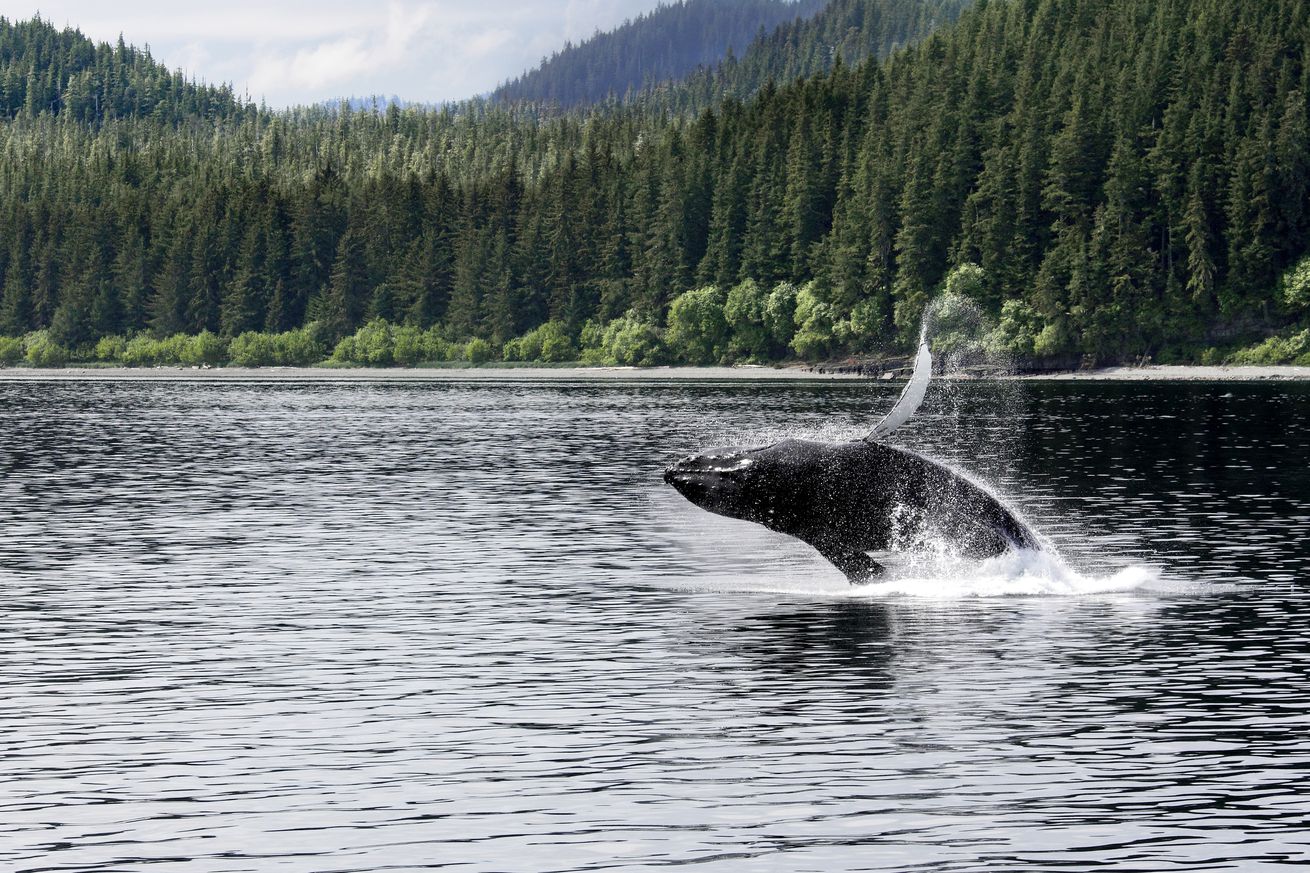How fiber-optic cables helped researchers eavesdrop on whales

Scientists have been “eavesdropping” on whales in the Arctic using fiber-optic cables. In July, a group of scientists published a study that took a practical method usually used to monitor the cables themselves and used it to monitor the activity of baleen whales in the Arctic. The researchers say similar studies could transform how scientists collect data on marine life.
Under the oceans, fiber-optic cables carry internet traffic around the world. They have also become a usual tool for scientists in the field who would like to collect and access data in real time. Notably, they can be used to detect earthquakes, including aftershocks that go undetected by traditional seismic stations. In this case, those cables were used to detect...
from The Verge - All Posts https://ift.tt/NTVMZ0I

0 Response to "How fiber-optic cables helped researchers eavesdrop on whales"
Post a Comment